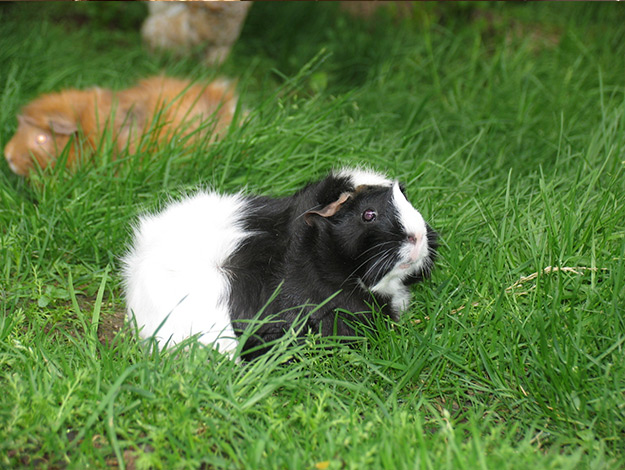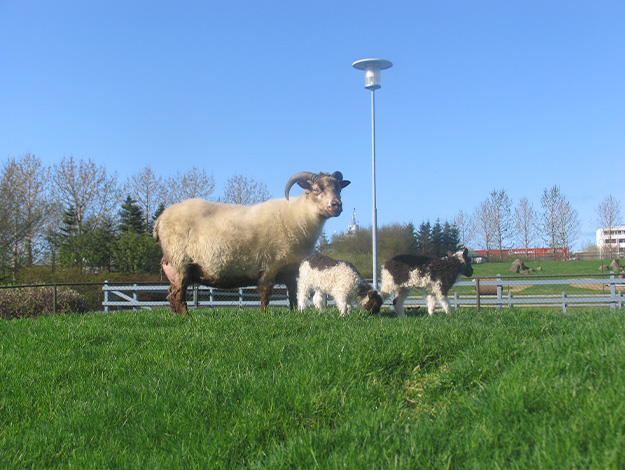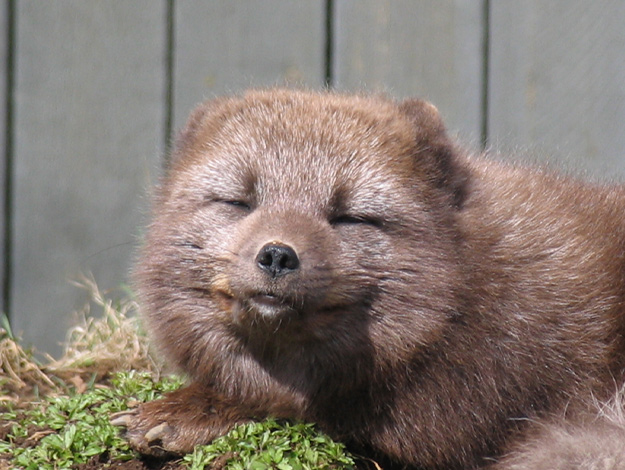Icelandic sheep came to Iceland with the settlers and are most likely descended from the Northern European short-tailed sheep. Other breeds in Europe have long tails. Many characteristics of the Icelandic sheep are similar to those of the old Nordic short-tailed sheep. Both breeds exhibit the colours grey, black, grey moorit, white bellied and ,,golsóttʻʻ (lighter body, and darker belly, legs and head). Males and females in both breeds can also have horns and have short tails. Sheep are in general sociable animals and polyamorous. Wild sheep like to live in small herds with less than ten animals. But there are examples of larger herds with up to 100 sheep. Herds are often divided so the females and lambs herd together and the males stay in groups, except during the mating season.









